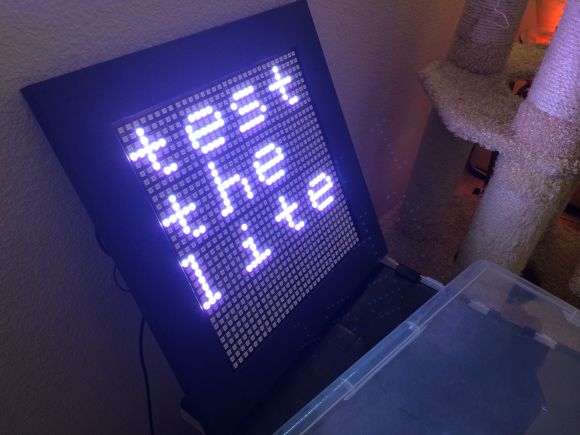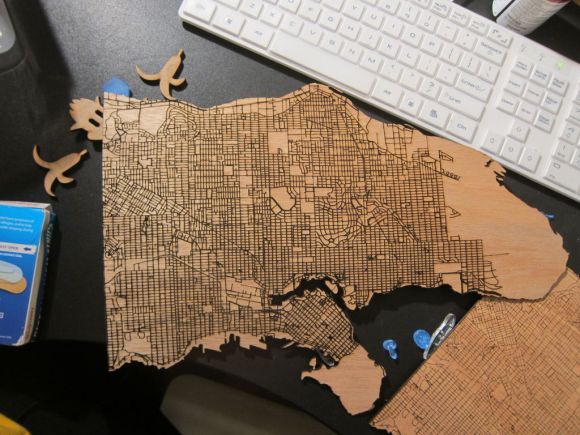
Ah yes, how could we miss Star Trek? To be honest, we’re surprised there aren’t more entries of Star Trek related projects in our Sci-Fi Contest!
Star Fleet Communicator Badge
 There’s actually no info on this project yet, but we have to admit — it’s a pretty cool (albeit nerdy) concept. They want to fit a Bluetooth headset with a loudspeaker into a Star Fleet Communicator Badge, activated by tapping on it gently.
There’s actually no info on this project yet, but we have to admit — it’s a pretty cool (albeit nerdy) concept. They want to fit a Bluetooth headset with a loudspeaker into a Star Fleet Communicator Badge, activated by tapping on it gently.
Just don’t wear a red shirt with it…
Star Trek: The Mirror Universe Pinball Machine
 This ones a really cool hack. A team of four have taken a 1978 Bally Star Trek Pinball machine, and converted it into a Star Trek Mirror Universe Pinball machine based on the TOS episode Mirror, Mirror where Kirk and his crew are transported to a parallel (mirrored) universe!
This ones a really cool hack. A team of four have taken a 1978 Bally Star Trek Pinball machine, and converted it into a Star Trek Mirror Universe Pinball machine based on the TOS episode Mirror, Mirror where Kirk and his crew are transported to a parallel (mirrored) universe!
Notable features include the custom CNC machined table with custom artwork, a Nixie tube score board, and that they’ve made the design open source! Minus copyrighted artwork of course…
JJ Tricorder
The JJ Tricorder, named after its team [Julia] and [Jaromir] is planned out to look just like the SR-580 type Tricorder — except its going to be backed with 21st century technology.
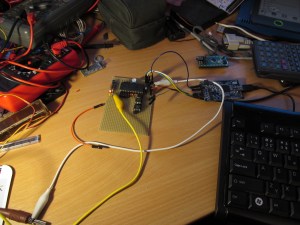 The main goal of the project is to have it be able to detect and analyse electromagnetic, geographic and environmental parameters. There’s lots of inspiration for it, like the now-open-source Berkeley Tricorder or the Tricorder Project itself!
The main goal of the project is to have it be able to detect and analyse electromagnetic, geographic and environmental parameters. There’s lots of inspiration for it, like the now-open-source Berkeley Tricorder or the Tricorder Project itself!
Still haven’t entered the contest? Don’t worry — there’s still time for you to put an awesome Sci-Fi project together to win some crazy cool prizes! It just needs to be done and documented by April 29, 2014!

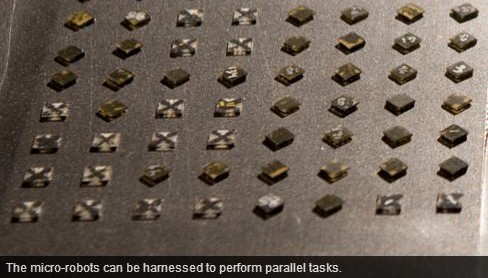
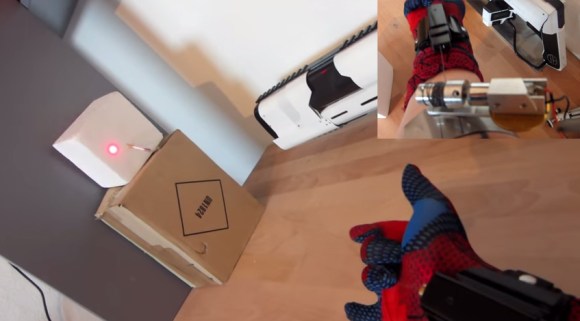

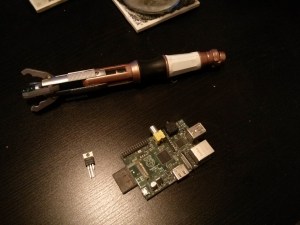
 Inspired by the augmented reality
Inspired by the augmented reality 
